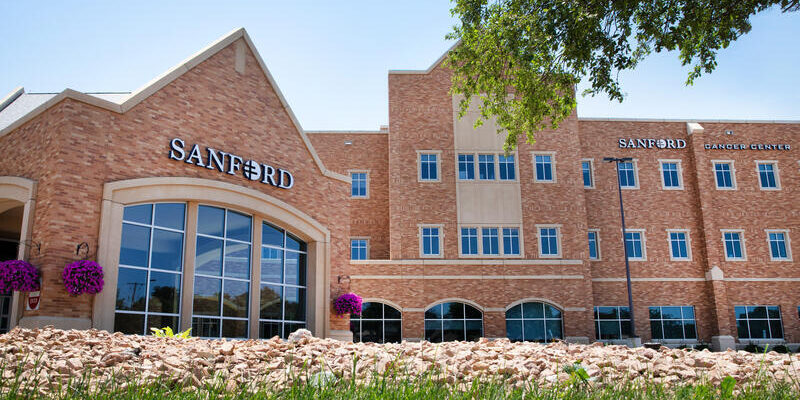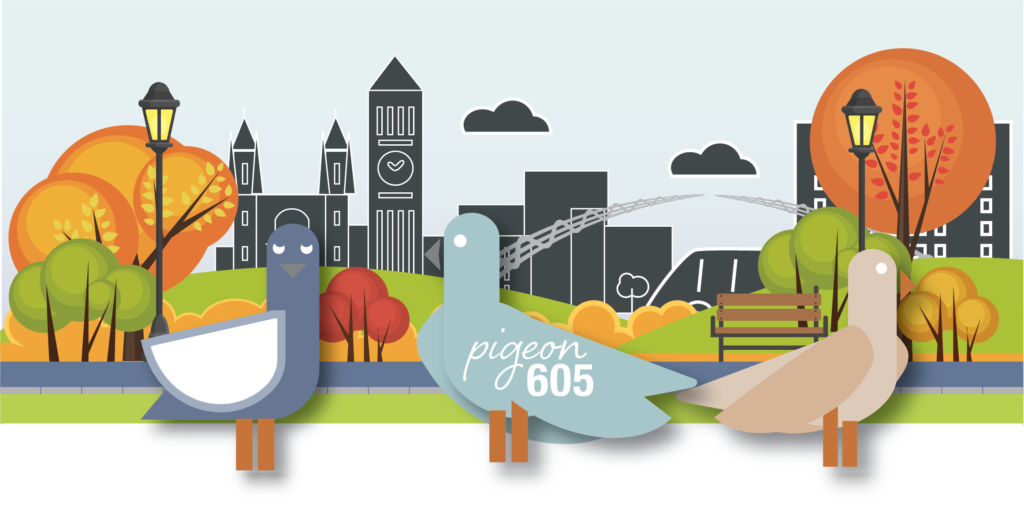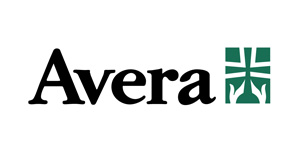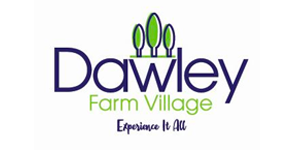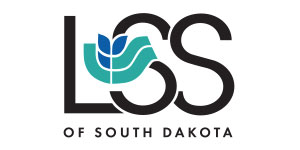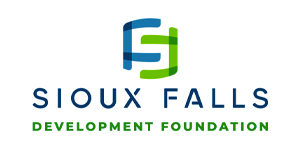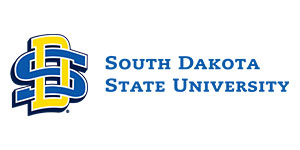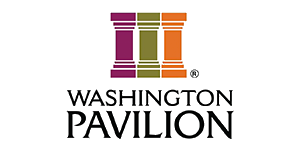Heritage leads to historic program for SDSU president recognized with national honor
This paid piece is sponsored by South Dakota State University.
When Barry Dunn became president of South Dakota State University in 2016, his mother’s voice rang in his ear.
“What are you going to do now?”
Sarah Lamoureaux Dunn is the cultural exception, the inspiration and the name her son likely would say belongs alongside his own on one of the biggest honors in higher education.

Because of his mother, Dunn is an enrolled member of the Rosebud Sioux Tribe. He can trace his heritage back to at least the 1850s. A great-grandfather was on the tribal council in the early 20th century. Growing up, he spent a lot of time with his maternal grandparents on a ranch south of Mission – to the point it became his adopted home.

After college, “the plan was to go back and be a rancher like my grandfather,” which he and his wife, Jane, did for nearly 20 years as their sons went through school.

“We were deeply involved and understood the positive aspects – and there are many – of reservation life but also certainly the dramatic and very challenging aspects of reservation life, which were upfront every day, and we just felt absolutely powerless to do anything about it,” he said.
Powerless, that is, until decades later, when life and career had led him to SDSU and a role uniquely suited to finally start to make change.

“What are you going to do now?”
Enter the Wokini Initiative, an effort recently honored with the McGraw Prize for Higher Education, given in memory of Harold McGraw Jr., the late chair and CEO of McGraw-Hill, for how it “advances the principles of equity and inclusion, and demonstrates the power of education to elevate human potential.”
‘The only real difference’
Leaving ranching behind and reinventing himself in higher education left plenty of time for reflection.
“Really, it clicked with me too late,” Dunn said. “My mother had made the transition. She was born on the reservation, she died on the reservation, she lived the tribal experience Jane and I saw and found so difficult, and her family didn’t escape it. The same family tragedies that strike so many happened to her family. But the only real difference between my mother’s experience and others in her family was education. She got a degree at Iowa State, and that changed everything.”

Though she was already gone at the time, the realization set up her son for bringing a life-changing program forward.
“I had one shot at opening the doors to that transformational opportunity to young people in South Dakota who were American Indian.”
The word “wokini” means “a new beginning,” and that’s what the SDSU initiative aims to create – both for the American Indian students that it supports and within the campus community itself.

“The Wokini Initiative specifically does something very unique in terms of American Indian initiatives,” said Tasha Hauff, assistant professor at SDSU. “It’s a commitment not only to bring Native students to the campus but to change the campus so that students feel comfortable here.”
That starts with the recognition that Native students make a difference on a campus and need to be included in all conversations, she continued.
But it’s broader than that.
The foundation for the initiative is in SDSU’s own roots at a land grant university.
“In spite of the good intentions and hard work of many on campus for decades, we had more to do in meeting our land grant mission of providing access to all,” Dunn explained.

“That was especially true for the nine tribes of South Dakota. There were very low enrollment rates and very poor retention and graduation rates. So this was a chance for SDSU to begin again, as the name Wokini means, with a new and sincere commitment to fulfill our land grant mission and provide benefits of higher education to everyone in South Dakota.”
Using land grant funding and a growing base of philanthropic support, Wokini has taken flight. Its annual budget supports scholarships, faculty and resources throughout the university, including professional development starting next year for those who work with American Indian students to help explain their unique cultural story and needs.

“It’s great to see a president of a school like that care for us like that,” said SDSU student Sam Bad Warrior. “President Dunn is a good guy, and I’m glad and grateful he cares for Native Americans, that he wants to see us succeed.”
A new American Indian Student Center has become a focal point on campus and a connecting point.

“It used to be on the north edge of campus in a basement,” Dunn said. “Now, it’s in the center of campus, and we have extra advisers and counselors and recruiters. So we put in motion a holistic approach to set these students up for success.”

And the results now are speaking for themselves – even despite the disruption of the pandemic.

There were approximately 200 American Indian students on campus before Wokini, which now has grown to about 300. By every measure, outcomes have improved. Students are staying in school and, most importantly, graduating. Not long ago, fewer than 20 percent of Native students graduated within six years. The graduation rate for Wokini’s first cohort is on par with the general student population.

“The change that President Dunn has been able to bring upon not only South Dakota State University but our state as a whole is just unforeseen,” said SDSU student Tyler Ducheneaux. “You’ve got numerous amounts of people coming from some of the most impoverished communities coming to get an education at an affordable price that sets them up for success, and through the Wokini Initiative, he’s doing exactly what he was hoping to do.”

And there’s still work yet to be done. Dunn estimates only 2 percent or 3 percent of American Indian students go to college. And that’s statewide – from students who grow up on a reservation to those who attend Sioux Falls high schools.
“You’ve just got to keep knocking down barriers to success,” he said. “We can’t bring them to the shore and have them drown. We can’t give a big scholarship without surrounding them with the support system needed to make the most of it.”
To learn more about the Wokini Initiative, click here.
To learn more about the McGraw Prize for Higher Education, click here or watch the video below:
Share This Story
Most Recent
Videos
Want to stay connected to where you live with more stories like this?
Adopt a free virtual “pigeon” to deliver news that will matter to you.









